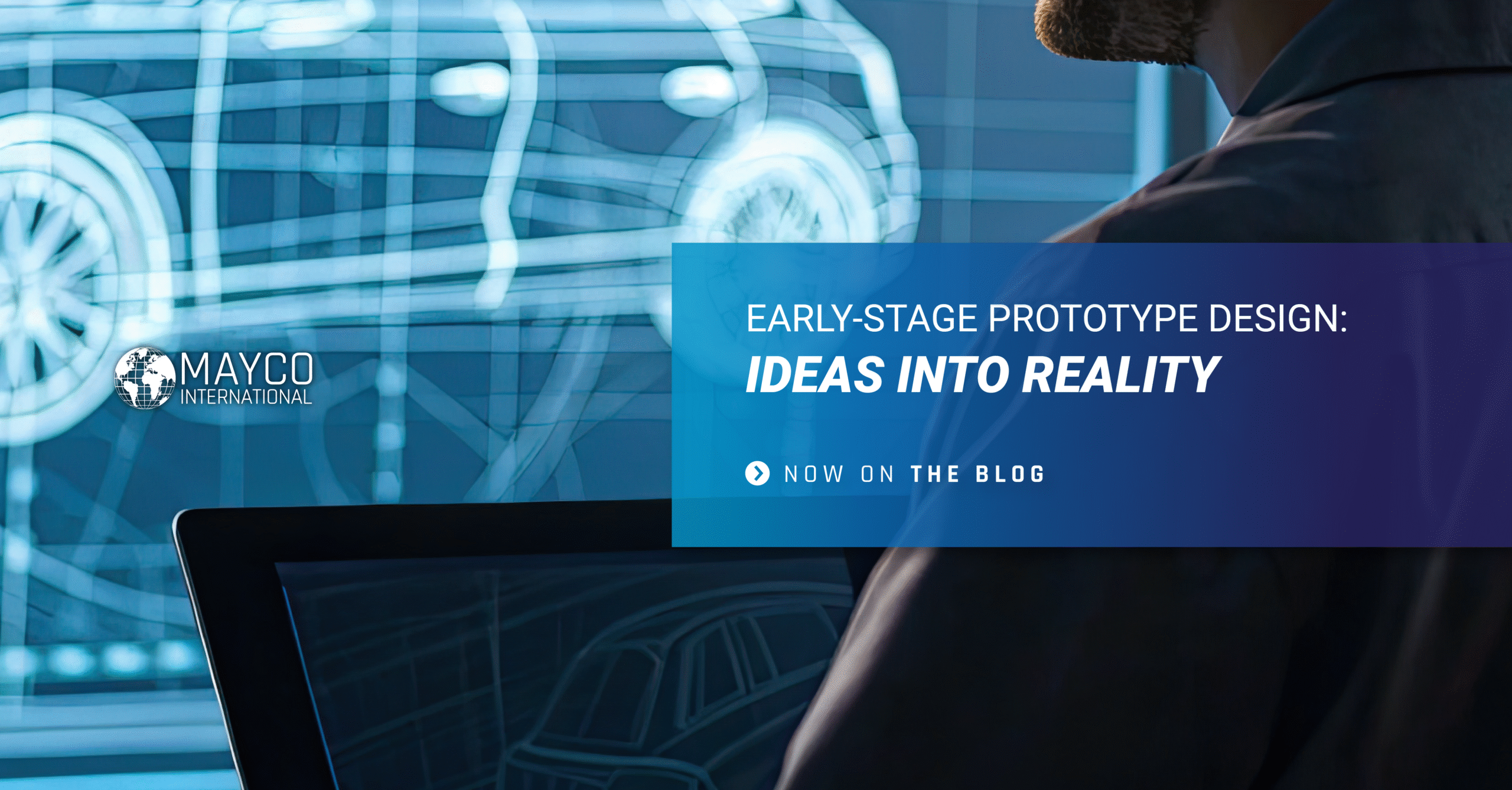Oct 14/25
Prototype Design in Early-Stage Innovation: How to Turn Ideas into Reality

Turning ideas into reality begins with prototype design, the crucial step in the innovation process. By embracing product prototyping, businesses can test concepts, improve designs through design iteration, and accelerate concept development, all of which are essential to building market-ready solutions.
Great innovations don’t start in the boardroom. They start with bold ideas put to the test. Without action, even the brightest concept stays a dream.
Companies that master prototype design gain a decisive edge because prototypes validate concepts, uncover hidden flaws, and accelerate decision-making before major investments are made. The quicker the ideas are tested, the sooner they can become reality.
This article reveals how prototypes drive the innovation process, the steps that transform vision into product, and why industries like automotive depend on effective prototyping.
How Do You Get an Idea Turned Into a Prototype?
Ideas move from concept to prototype through structured planning and execution. The process involves:
- Breaking down abstract thoughts into clear requirements
- Sketching early visuals
- Building simplified models
From there, engineers:
- Refine details
- Test feasibility
- Explore material options
These steps naturally lead into several core stages:
- Concept development: Clarify user needs, performance goals, and technical limits
- Product prototyping: Create physical or digital models to test assumptions
- Design iteration: Make changes based on testing, feedback, and performance reviews
In the automotive industry, automotive prototyping integrates safety, compliance, and environmental standards to ensure early designs meet strict regulations. Partnering with skilled suppliers ensures each step moves closer to production.
What Are the 5 Stages of the Design Thinking Process?
Before diving into details, it helps to understand the proven framework many innovators use. The innovation process often follows the design thinking framework, a problem-solving approach with five key stages:
- Empathize: Understand user challenges through observation and research
- Define: Narrow insights into a clear problem statement
- Ideate: Generate multiple solutions and creative possibilities
- Prototype: Transform ideas into tangible test models
- Test: Validate results, collect feedback, and refine solutions
The Power of Prototype Design in Automotive Innovation
The automotive sector relies heavily on prototype design to advance technology and meet market demands. From dashboards to advanced driver-assist systems, prototyping reduces risk and accelerates product launches. Automotive prototyping involves both digital simulations and physical builds, allowing teams to test ergonomics, durability, and performance.
In North America, suppliers like Mayco International help global brands refine early designs into tested, production-ready parts. Their engineering teams address safety, environmental impact, and cost efficiency, keeping projects aligned with OEM standards.
Why Prototype Design Drives Market Leadership
Prototyping is more than building models; it is a business advantage. Companies that embrace prototype design can:
- Identify flaws before mass production
- Reduce costs by avoiding redesigns later
- Shorten timelines through agile design iteration
- Improve customer satisfaction by aligning products with real needs
Prototype Design With Mayco International
Prototype design is the engine that turns vision into market-ready solutions. In automotive, where precision and speed matter, working with a trusted tier-one supplier ensures success.
Mayco International, with locations across North America and a global network, helps OEMs bring innovations from art to part. Our engineering teams tackle challenges of safety, feasibility, and compliance while logistics teams ensure parts arrive safely and on schedule.
Contact Mayco International today to see how our expertise in prototype design can accelerate your next innovation.

